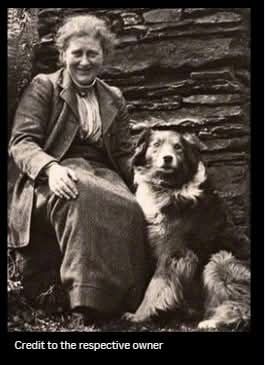Long before children discovered the enchanting world of Peter Rabbit, Beatrix Potter was in the woods, kneeling with her sketchbook and microscope—carefully documenting mushrooms.
Not for amusement, but for science.
As a self-taught naturalist, Potter was captivated by fungi. She devoted years to collecting specimens, observing them closely, and illustrating with the eye of both a scientist and an artist. While male scientists often missed their subtle shapes and fleeting colors, Potter’s detailed drawings captured them so precisely that mycologists still use her illustrations today.
She was more than an observer—she was a thinker.
Potter formed her own ideas about how fungi reproduce, studying spore germination under her microscope. In 1897, she sent a paper to the Linnean Society of London, one of the most respected scientific organizations at the time. But as a woman, she wasn’t permitted to present it. Without the chance to defend her work, her research was set aside.
Yet she persisted.
She continued her studies, kept drawing, kept learning. Eventually, though, she realized science wouldn’t permit her entry.
So, she made her own way.
Potter turned to storytelling, drawing on her deep love of nature, her powers of observation, and her exacting attention to detail. Her animal stories were not only delightful—they were grounded in real biology, authentic behavior, and careful detail. Through these tales, she reached millions.
Beatrix Potter was not only an author.
She was a scientist whose voice was muted—and a creator who found another way to share her gifts.
